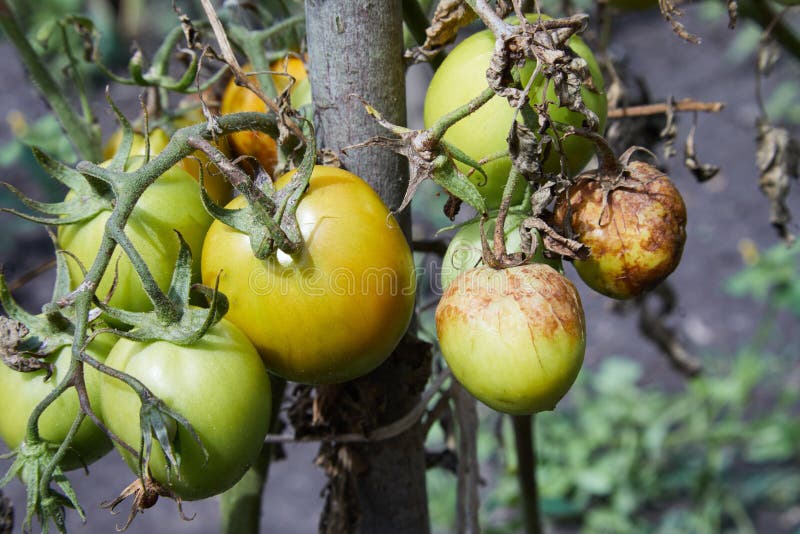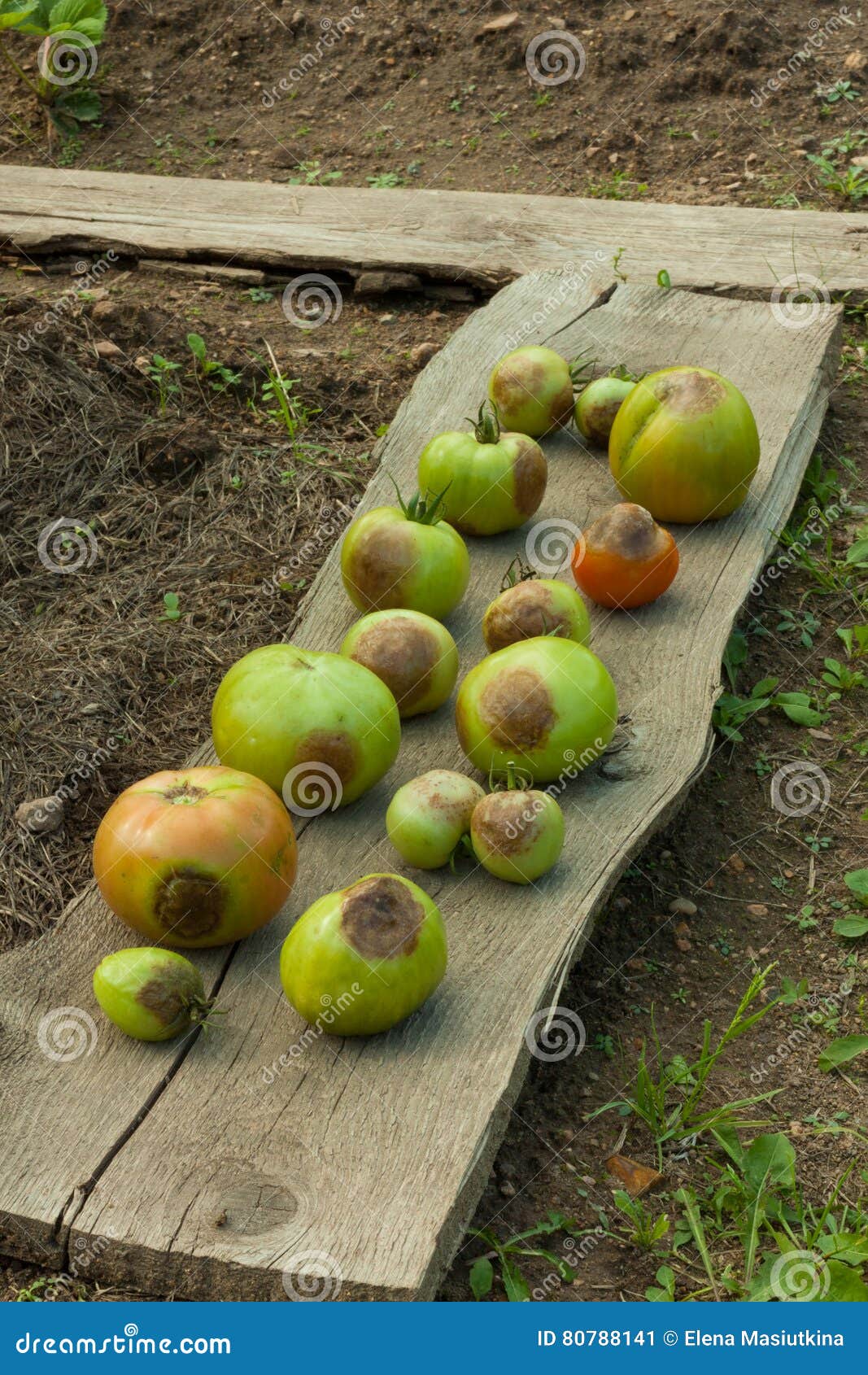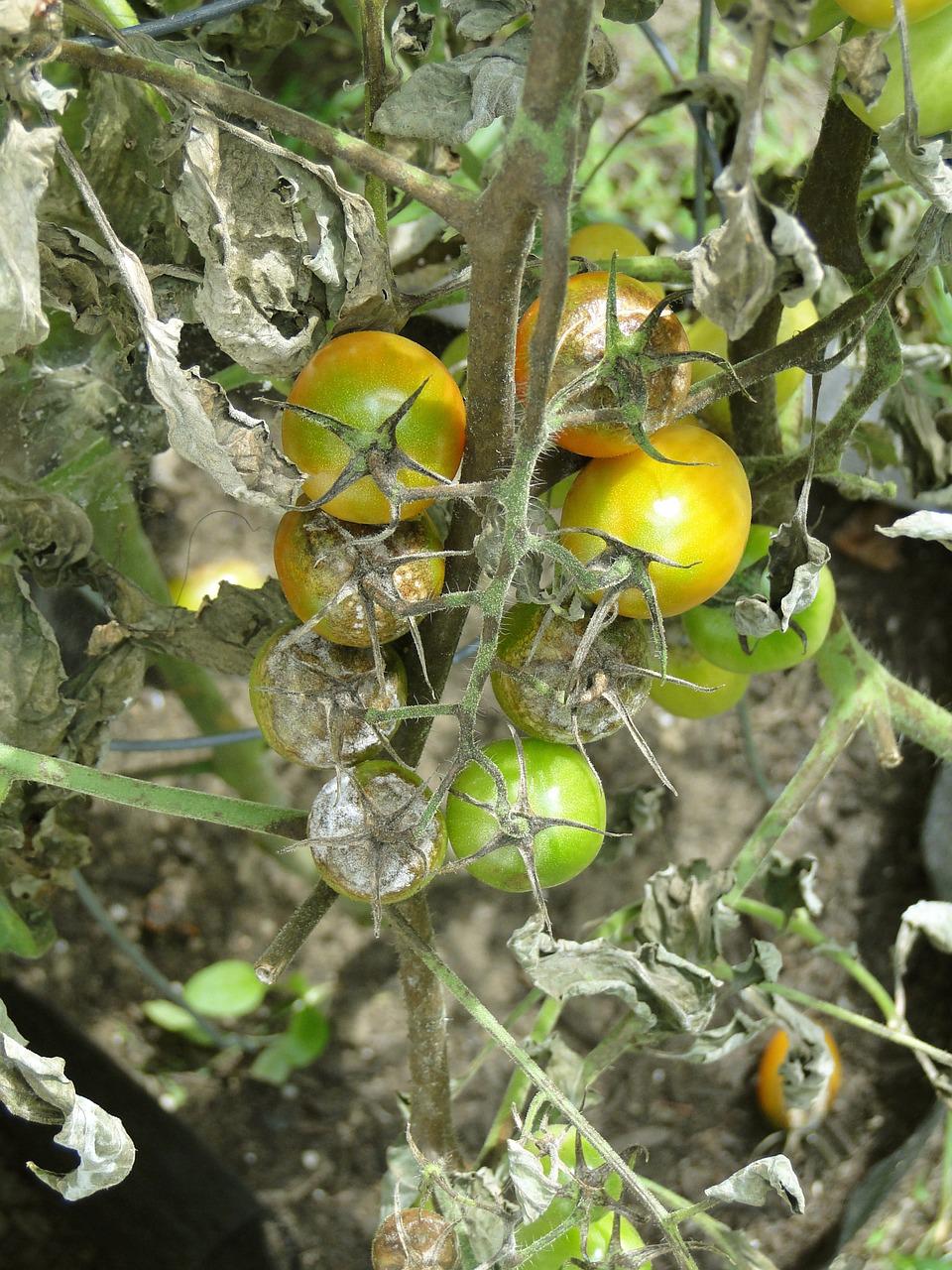

Obviously, weakened tomatoes, which lack nutrients, get sick more. That is, it is not a means of combating phytophthora.īut indirectly, of course, it can affect the development of the disease. Boric acid is used as a subcortex of plants. It must be said right away that boron is a trace element that plants need for normal development. Popular questions and answersĪnswered the typical questions of summer residents about phytophthora on tomatoes agronomist-breeder Svetlana Mihailova. This does not mean that they are not affected by phytophthora at all, but they suffer from it to a lesser extent. Breeders recommend varieties that have increased resistance to late blight at the genetic level: Argo, Gaia, Gnome, Grand, Dubrava, Patrice, Chelnok (1, 4). This is usually indicated on the seed packet. Tomatoes can be planted in their original place no earlier than after 4 years.Īnd you can’t plant tomatoes after other nightshade crops, especially potatoes – late blight affects them too.Ĭhoose resistant varieties. For the future – always study the information about the variety, now there are a lot of tomatoes that are resistant to late blight. Observe crop rotation. If you plant tomatoes in the same place from year to year, phytophthora spores will accumulate in the soil and every year the disease will infect plants more and more. Ventilate the greenhouse. It is very important that moist air does not stagnate in it – it also provokes outbreaks of the disease. Therefore, it is necessary to water the tomatoes in the morning – the high temperature during the day will not allow late blight to breed, and by the evening the topsoil will dry out and the pathogen will not have enough moisture for development. It is cool at night, and if we also water the beds in the evening, we will create ideal conditions for the disease. Water in the morning. For the development of the fungus, as we remember, moisture and coolness are needed.

In the process of decomposition, hay bacillus actively develops in it, which releases a natural antibiotic that suppresses the development of phytophthora. You can use rotted sawdust (fresh ones are not good – they absorb nitrogen and the plants will starve) or straw.Įven better, hay. Mulch the beds. Spores of the pathogenic fungus, as we found out, fall on plants with spray during rains or watering. Outbreaks of phytophthora can be avoided if you follow simple recommendations for caring for tomatoes. They can not be diluted in tap water – chlorine kills bacteria.Īnd in general, the effectiveness of biological drugs is always lower than that of chemical ones. Beneficial microorganisms can die if stored for a long time or improperly. It will be too hot or cool – the drug will not work. Bacteria are living organisms and a certain temperature is important for their development (this information is usually indicated on the packaging). That is, the crop can be harvested even on the day of processing. The main advantage of such drugs is complete safety. They are produced in the form of tablets, granules or powder, but they are used in the same way – they are dissolved in water (according to the instructions) and the plants are sprayed. Alirin-B, Gamair, Trichoderma Veride 471 and Fitosporin-M have proven themselves best from phytophthora. This is a great option for those who are afraid to use chemistry. These drugs are based on bacterial spores that inhibit the development of pathogenic fungi. During the summer, it is recommended to carry out 3 treatments with an interval of 7 – 10 days (3).Īfter processing, the crop in the beds can be harvested after 5 days, and in greenhouses – after 3 days. Consumption rate – 5 liters per hundred square meters. The contents of the bag must be dissolved in 5 liters of water for treating tomatoes in open ground or in 8 liters for spraying plants in a greenhouse. It is available as a powder in bags of 25 g. It can be used both for the treatment of the disease and for prevention. This is a complex preparation consisting of two antifungal components and each has its own mechanism of action, which enhances the effect. The ampoule needs to be diluted with 2,5 liters of water – this is enough to process 50 square meters.

The drug is available in 3 ml plastic ampoules.

For reliability, it is recommended to process tomatoes 4 times per season with an interval of 1 – 2 weeks (3). It has a long-lasting protective effect and is not washed off by rain (one hour after treatment). This drug is recommended for use both for the treatment of the disease, and as a preventive measure.


 0 kommentar(er)
0 kommentar(er)
